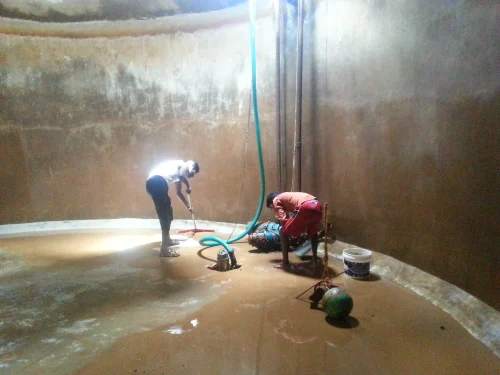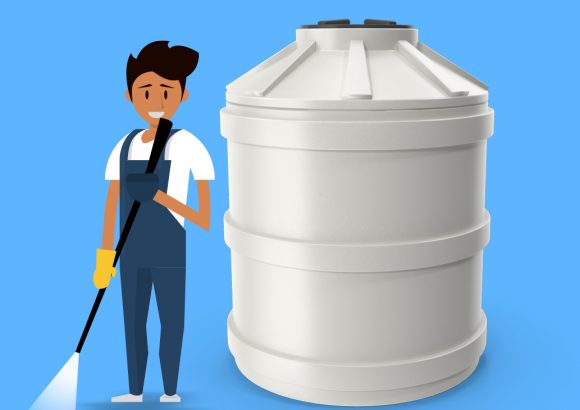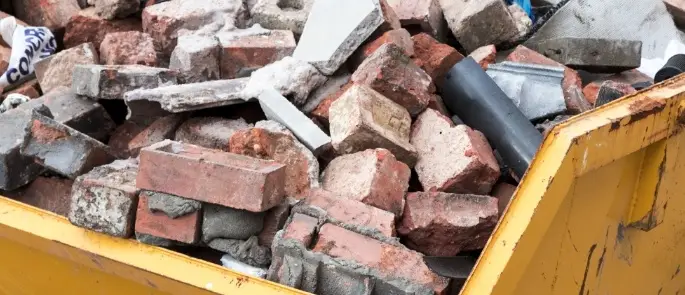Sustainable living involves conscious choices that extend beyond our immediate surroundings to the broader environment. In this guide, we’ll delve into the intricacies of Sewage Treatment Plant (STP) operation and maintenance, shedding light on how this vital system contributes to sustainable living practices.
1. Overview of STP Operation:
An STP is a crucial component in managing wastewater from homes, commercial spaces, and industries. Understanding its operation is key to appreciating its role in sustainable living. The process involves:
- Inflow of Wastewater: Wastewater from various sources enters the STP.
- Preliminary Treatment: Large solids are removed through screening, and grit is settled out.
- Primary Treatment: Suspended solids settle to the bottom, forming sludge, while clarified water is removed.
- Secondary Treatment: Microorganisms treat the remaining organic matter, further purifying the water.
- Tertiary Treatment (if applicable): Additional steps, such as filtration or disinfection, are employed for higher water quality.
Call ~ 7447474074 ~ To Book your Service. Best Service @ Affordable Cost Assured.
“STP operation is a multi-stage process that transforms wastewater into environmentally safe water through a series of meticulous treatments.”
2. Importance of Regular Maintenance:
Ensuring the sustainability of an STP requires consistent maintenance. Regular upkeep involves:
- Monitoring Equipment: Regular checks on pumps, aerators, and other equipment to maintain operational efficiency.
- Sludge Removal: Periodic removal of sludge to prevent overaccumulation and maintain treatment effectiveness.
- Inspecting Pipelines: Checking pipelines for leaks or blockages to prevent malfunctions.
- Chemical Analysis: Conducting chemical analyses to ensure the treatment process aligns with environmental standards.
“Regular maintenance is essential for the longevity and optimal performance of the STP, safeguarding its role in sustainable wastewater management.”
3. Incorporating Eco-Friendly Practices:
Enhancing sustainability in STP operation involves adopting eco-friendly practices, such as:
- Energy-Efficient Systems: Utilizing energy-efficient equipment and systems to minimize the environmental impact.
- Biodegradable Additives: Introducing biodegradable additives to enhance microbial activity and improve treatment efficiency.
- Reuse of Treated Water: Implementing systems to reuse treated water for non-potable purposes, reducing overall water consumption.
- Green Landscaping: Integrating greenery around the STP to enhance aesthetics and contribute to a healthier environment.
“Eco-friendly practices in STP operation align with sustainable living principles, promoting resource efficiency and environmental responsibility.”
4. Community Awareness and Involvement:
Creating a sustainable living environment involves community participation:
- Education Programs: Conducting educational programs to inform the community about the importance of proper waste disposal and STP functionality.
- Collaborative Initiatives: Encouraging community involvement in STP maintenance and environmental initiatives.
- Reporting System: Establishing a reporting system for residents to highlight any issues or irregularities, fostering a sense of collective responsibility.
“Community awareness and involvement are integral to sustaining the effectiveness of STPs and fostering a culture of environmental responsibility.”
5. Compliance with Regulations:
Adherence to environmental regulations is paramount for sustainable living:
- Legal Compliance: Ensuring the STP meets local environmental regulations and standards.
- Regular Audits: Conducting periodic audits to assess compliance and identify areas for improvement.
- Continuous Improvement: Implementing measures to address any shortcomings and continually enhance the STP’s environmental performance.
“Compliance with regulations is a foundational element in the sustainable operation of STPs, ensuring responsible and lawful wastewater management.”
Conclusion: Embracing Sustainable Wastewater Management
Understanding STP operation and maintenance is not just an environmental necessity; it’s a pathway to sustainable living. By comprehending the intricate processes, actively participating in maintenance efforts, and promoting eco-friendly practices, communities can create a sustainable living environment where wastewater management contributes to the well-being of both residents and the planet. Embrace the journey towards sustainable living through responsible STP operation and maintenance.
Deep Cleaning Service Provider ~ Water Tank Cleaning Service Provider ~ Pest Control Service Provider ~ Septic Tank Cleaning Service Provider ~ Drainage line cleaning Service Provider ~ Housekeeping Service Provider ~ Well Cleaning Service Provider ~ STP Operation Service Provider ~ STP Maintenance Service Provider ~ STP Setup Service Provider ~ STP Installation Service Provider ~ STP Cleaning Service Provider ~ Ground Terrace Cleaning Service Provider ~ Ground Cleaning Service Provider ~ Terrace Cleaning Service Provider ~ Construction Waste Disposal Service Provider ~ Post Construction Cleaning Service Provider ~ Post Renovation Cleaning Service Provider




